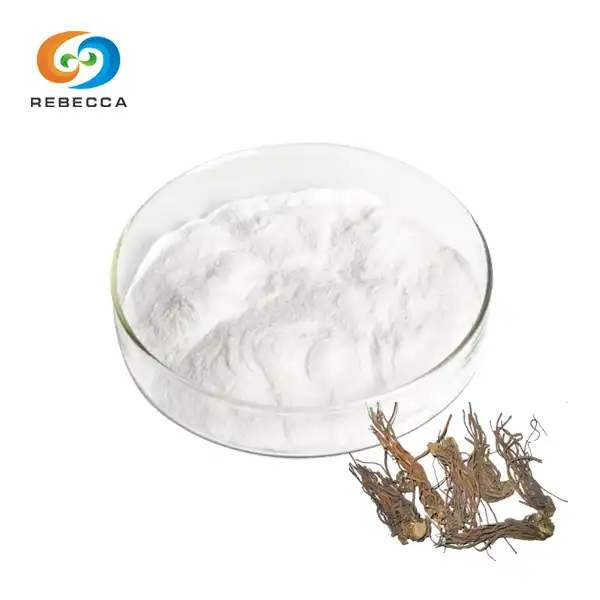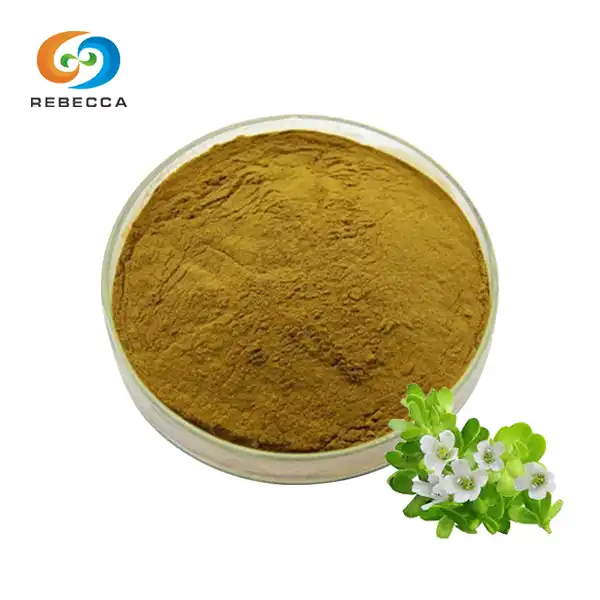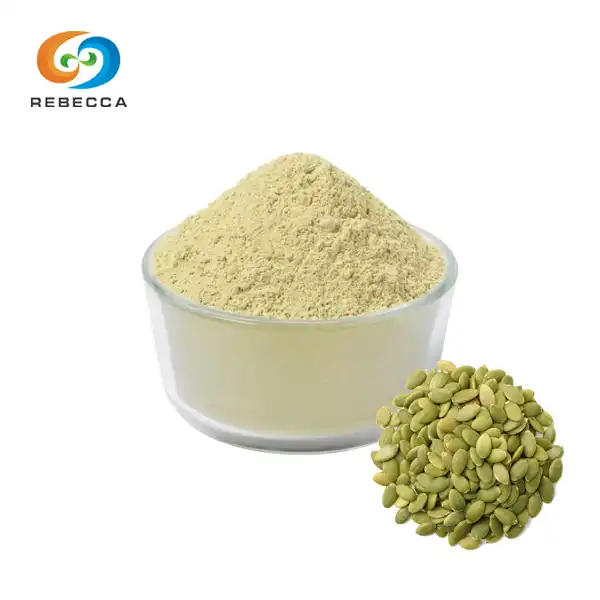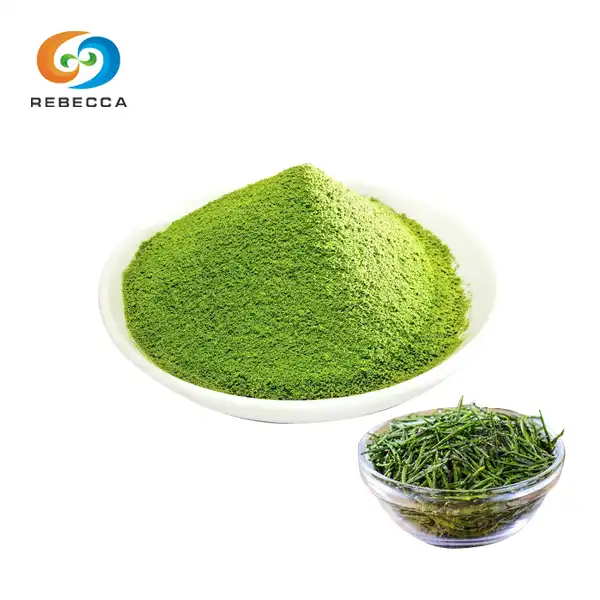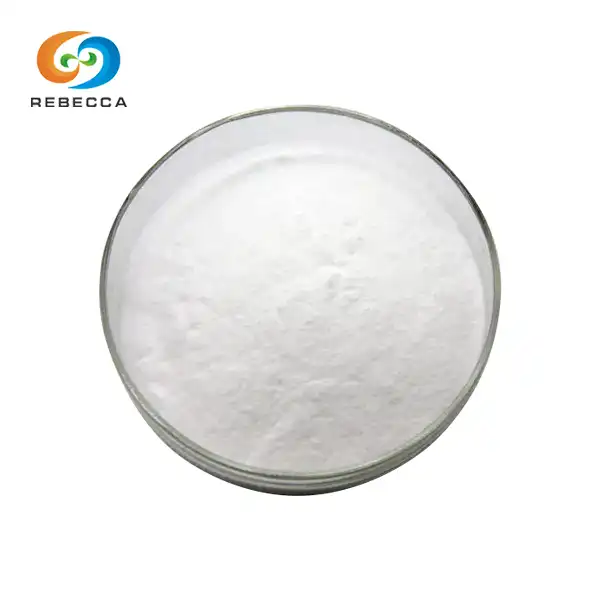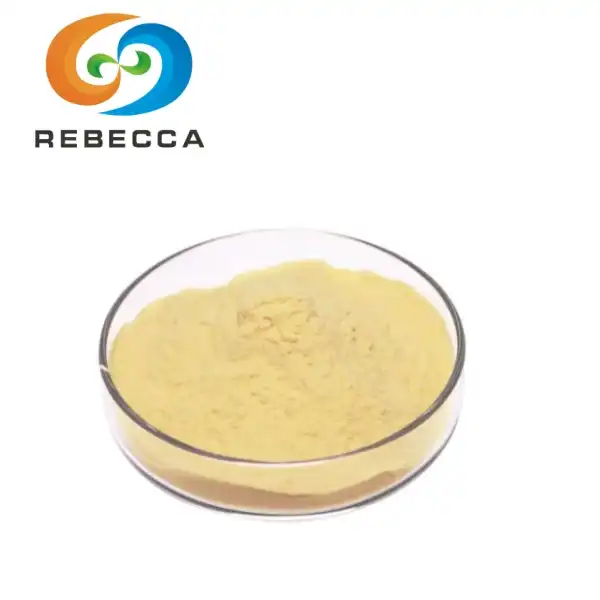What is the difference between Fucoidan and fucoxanthin?
When it comes to marine-derived compounds with potential health benefits, fucoidan and fucoxanthin powder often take center stage. Both originate from various species of brown seaweed, but they differ significantly in their chemical structure, biological roles, and potential health applications. This article aims to shed light on these differences, exploring how these compounds function in nature and their potential benefits for human health.
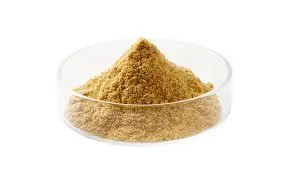
How Do Fucoidan and Fucoxanthin Differ in Their Biological Roles?
Fucoidan and fucoxanthin, while both derived from brown seaweed, play distinct roles in the marine ecosystem and have different biological functions.
Fucoidan is a complex polysaccharide found in the cell walls of various brown seaweed species. Its primary biological role is to protect the seaweed from environmental stressors, including pathogens and harsh ocean conditions. Fucoidan helps maintain the structural integrity of the seaweed and contributes to its ability to withstand the mechanical stress of ocean currents.
On the other hand, organic fucoxanthin is a carotenoid pigment that plays a crucial role in photosynthesis. It's responsible for the brown or olive-green color of many seaweed species. it functions as an accessory pigment, helping to capture light energy and transfer it to chlorophyll for photosynthesis. This allows brown algae to thrive in deeper waters where other wavelengths of light are scarce.
The structural differences between these compounds contribute to their distinct roles. Fucoidan, being a complex polysaccharide, forms part of the cell wall structure. Fucoxanthin, as a carotenoid, is lipid-soluble and associated with the light-harvesting complexes within the chloroplasts of brown algae cells.

What Are the Health Benefits of Fucoidan vs. Fucoxanthin?
Both fucoidan and fucoxanthin have garnered significant interest in the scientific community for their potential health benefits. However, the nature of these benefits differs due to their unique chemical structures and biological activities.
Fucoidan has been extensively studied for its potential immune-modulating properties. Research suggests that fucoidan may enhance the body's natural defense mechanisms, potentially offering protection against various pathogens. Additionally, fucoidan has shown promise in supporting cardiovascular health by potentially influencing blood lipid profiles and maintaining healthy blood pressure levels.
Fucoxanthin, on the other hand, has attracted attention primarily for its potential metabolic benefits. Animal studies and limited human trials suggest that fucoxanthin extract may influence fat metabolism, potentially supporting weight management efforts. Some research also indicates that fucoxanthin may have antioxidant properties, helping to neutralize harmful free radicals in the body.
It's important to note that while both compounds show promise, much of the research is still in its early stages. Fucoxanthin powder, in particular, has been the subject of numerous studies exploring its potential to support metabolic health. However, more extensive human trials are needed to fully understand the effects and optimal use of both fucoidan and fucoxanthin.

Can Fucoidan and Fucoxanthin Be Used Together in Supplements?
The question of whether fucoidan and fucoxanthin can be used together in supplements is an intriguing one, given their complementary potential benefits. While there's no inherent contradiction in combining these compounds, it's essential to consider several factors.
Firstly, the extraction and processing methods for fucoidan and fucoxanthin differ. Fucoidan is typically extracted using water-based methods, while fucoxanthin extraction often involves organic solvents due to its lipid-soluble nature. This difference in extraction methods can pose challenges in creating a combined supplement.
However, advances in extraction technology, including the development of fucoxanthin extractors specifically designed for this purpose, have made it increasingly feasible to obtain high-quality fucoxanthin powder. This progress opens up possibilities for creating combination supplements that harness the potential benefits of both compounds.
When considering such combinations, it's crucial to ensure that each component retains its bioactivity. The stability of fucoxanthin, in particular, can be a concern due to its sensitivity to light and heat. Therefore, careful formulation and packaging are essential to maintain the integrity of both compounds in a combined supplement.
It's worth noting that some supplement manufacturers are exploring the potential of organic fucoxanthin, responding to consumer demand for natural, sustainably sourced products. While the term "organic" can be complex when applied to marine-derived compounds, it generally refers to seaweed harvested from unpolluted waters and processed without synthetic chemicals.
As research in this field progresses, we may see more innovative combinations of fucoidan and fucoxanthin in dietary supplements. However, it's crucial for consumers to approach such products with a critical eye, looking for those backed by scientific evidence and produced by reputable manufacturers.

Fucoxanthin Powder Supplier
Looking to secure a reliable partner for your production needs? Look no further than Rebecca Bio-Tech. With our three advanced production lines, we produce over 100 high-quality products, including fucoxanthin powder, with an annual capacity exceeding 2,000 tons. Our commitment to a stable supply chain ensures consistent availability for your business. We offer competitive pricing and provide free samples along with MSDS documents, showcasing our dedication to transparency and customer satisfaction. Reach out to us at information@sxrebecca.com to learn more and take the first step towards a successful partnership.
References:
- Fitton, J. H., Stringer, D. N., & Karpiniec, S. S. (2015). Therapies from Fucoidan: An Update. Marine Drugs, 13(9), 5920-5946.
- Mikami, K., & Hosokawa, M. (2013). Biosynthetic pathway and health benefits of fucoxanthin, an algae-specific xanthophyll in brown seaweeds. International Journal of Molecular Sciences, 14(7), 13763-13781.
- Ale, M. T., Mikkelsen, J. D., & Meyer, A. S. (2011). Important determinants for fucoidan bioactivity: A critical review of structure-function relations and extraction methods for fucose-containing sulfated polysaccharides from brown seaweeds. Marine Drugs, 9(10), 2106-2130.
- Maeda, H., Hosokawa, M., Sashima, T., Funayama, K., & Miyashita, K. (2005). Fucoxanthin from edible seaweed, Undaria pinnatifida, shows antiobesity effect through UCP1 expression in white adipose tissues. Biochemical and Biophysical Research Communications, 332(2), 392-397.
- Kim, S. M., Jung, Y. J., Kwon, O. N., Cha, K. H., Um, B. H., Chung, D., & Pan, C. H. (2012). A potential commercial source of fucoxanthin extracted from the microalga Phaeodactylum tricornutum. Applied Biochemistry and Biotechnology, 166(7), 1843-1855.

